Dalmatia, home of Sal Maris is our inexhaustible source of ideas and the foundation of a series of development projects. It is also the home to natural sea salt, raw materials of our products in the group Sal Maris. Dalmatia provides an endless source of ideas and globally recognized quality products; their tradition, local knowledge and experience in various fields of human activity; fisheries, agriculture, health, oenology, entertainment, gastronomy. The common denominator of what occurs in Dalmatia can qualify as: indigenous, clean, and healthy and sensitive to all the senses. Through our products we want the customers and other partners to present Dalmatia, which has a significant impact on our products. Dalmatian cuisine is considered by many as the healthiest in the world. A holiday table offers numerous, diverse meat and fish dishes enriched with olive oil and homemade bread baked under the iron bell. When it comes to meat dishes there is a unique Drniš prosciutto, served with cheese and olives as an appetizer.
Widely known specialties include ‘pašticada’, a beef stew with fresh and high-quality beef and lamb prepared on an open fire or boiled, then dried mutton or Dalmatian stew. Dalmatian specialty is fish soup that is specific for its Mediterranean flavor, especially if it is made of white fish such as bream, mullet, sea bass or grouper stew, and ‘brudet’, a fish stew that is popular in Dalmatia and its uniqueness is extremely important in cooking. Dalmatian desserts are made of fruit, dried figs, honey, raisins and almonds. Some of them, say fritters, cannot be found anywhere else except in Dalmatia, and Dalmatia is a true paradise for wine lovers. It is also the home to the most diverse autochthonous products, ranging from honey toolive oil, smoked and dried fish, “soparnik”, fig cakes, prosciutto, almonds, creams and herbal essences, wines and spirits and salt.
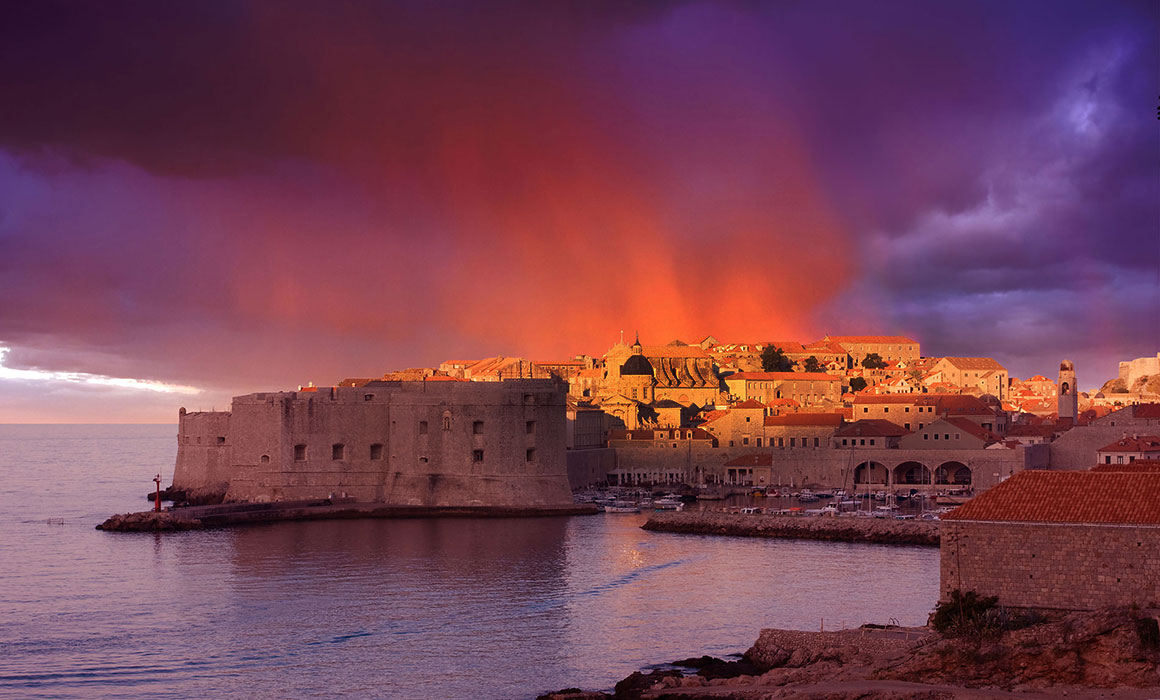
Dubrovnik, the southern gate of Croatia and Dalmatia, the centre of the southernmost region of Dalmatia and its most famous representative, boasts being the star of distinguished international journals and it tops the charts of world's most beautiful cities. Dubrovnik is the host, year after year, to many artists, members of royal families and members of jet-set. It belongs to everyone who has been there at least once. The city walls, now under the protection of UNESCO, surround the town, known around the world as "The Pearl of the Adriatic". Positioned in a warm Mediterranean climate, in which both Mediterranean and subtropical vegetation grow, with plantations which embellish Renaissance parks and gardens of medieval monasteries and palaces.
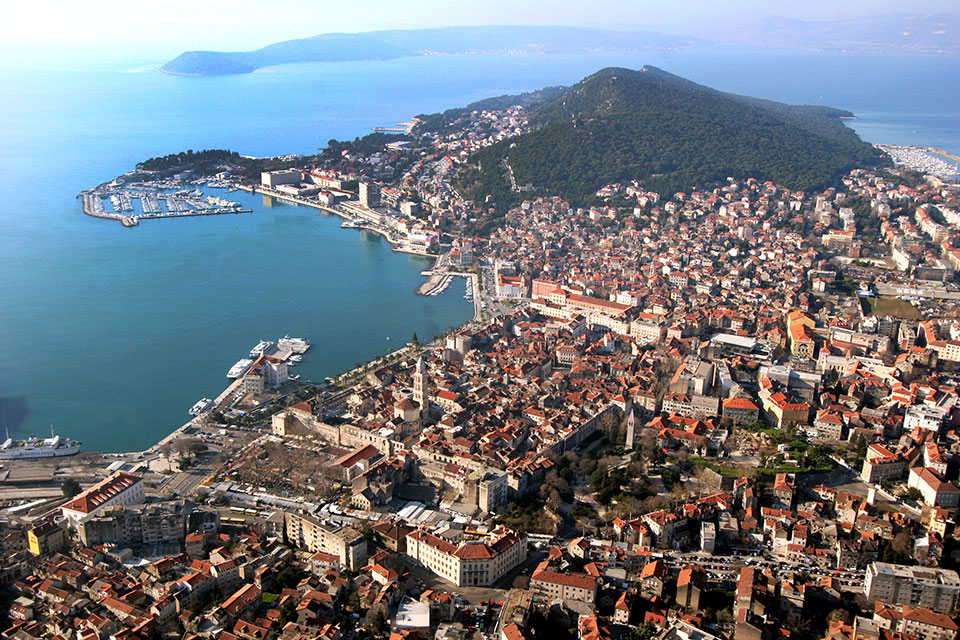
Split and its region are characterized by olive trees, wild herbs, white stone contrasted with the verdant vegetation and mountain Biokovo, whose slopes reach all the way to the sea. Roman Emperor Diocletian, who had the whole world at his feet, decided to build his rural mansion in the heart of Dalmatia in AD 305, never doubting his choice. Well sheltered in the bay of Aspalathos (Split), protected on the maritime side by the islands of the Split archipelago, and inland by high mountains, Diocletian, as if a visionary, drew a special point on the map of the Adriatic – the future city of Split.
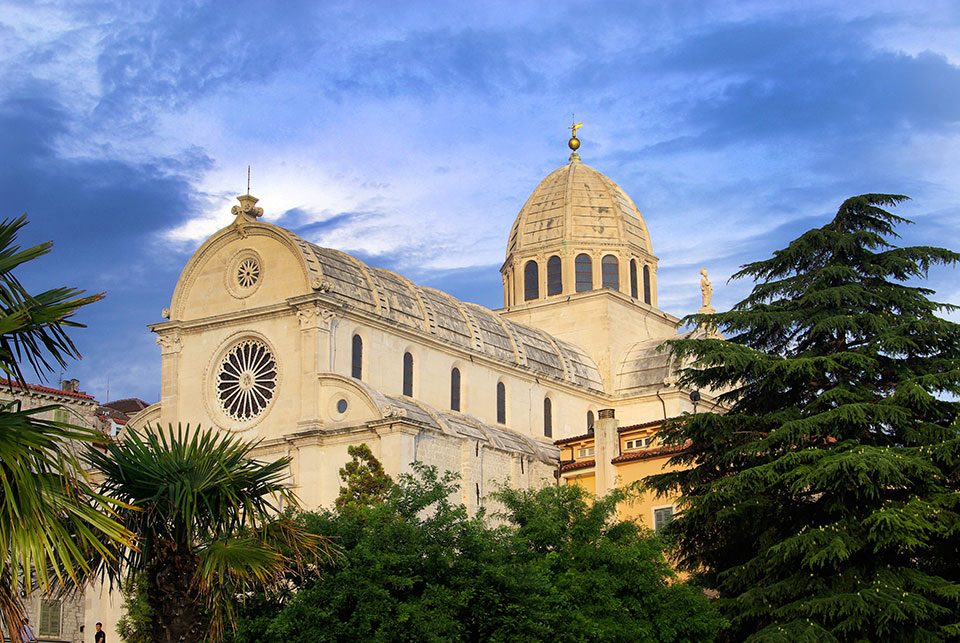
Šibenik and Šibenik aquatorium, being a real nautical heaven, with the wild beauty of white Dalmatian karstic stone and the clear blue sea, boasts as many as 240 islands and reefs. Those who are after corals go to Zlarin, being famous for them, and those that are after sea sponges go to Krapanj. Kornati are proud to have two national parks which consist of 89 islands and 63 islets and reefs. Krka National Park is a river full of travertine barriers, waterfalls and lakes, its beauty is mesmerizing and it is one of top tourist destinations in Croatia.
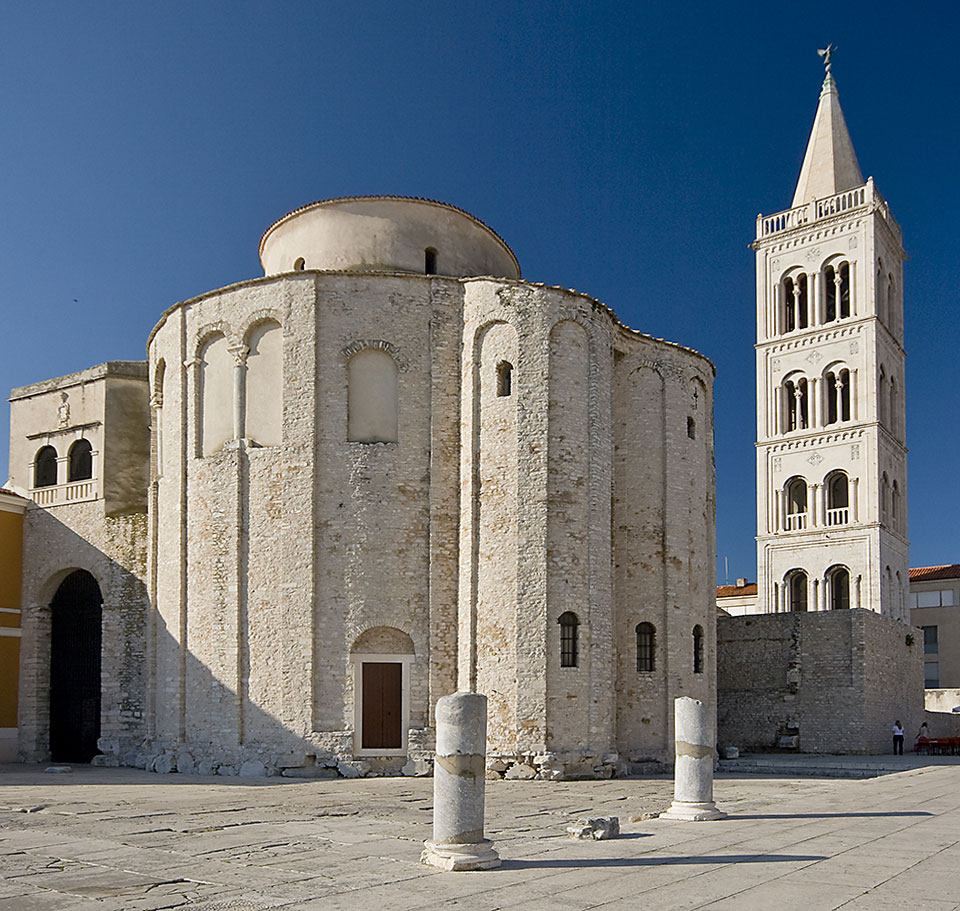
Zadar and its region mark the northern gate of Dalmatia, full of contrasts, rich historical heritage and beautiful nature. The most intense experience of the region reflects in the harmony of the blue sea and dark green pine and /or olive groves that reach the coast. White Dalmatian stone touches the shore and fragmented it forms pebbled beaches, which attract many tourists. Zadar is a three thousand years old center of the region, a city with the largest researched Roman forum on the eastern side of the Adriatic and unforgettable Romanesque churches such as St.Stošija and St. Krševan.
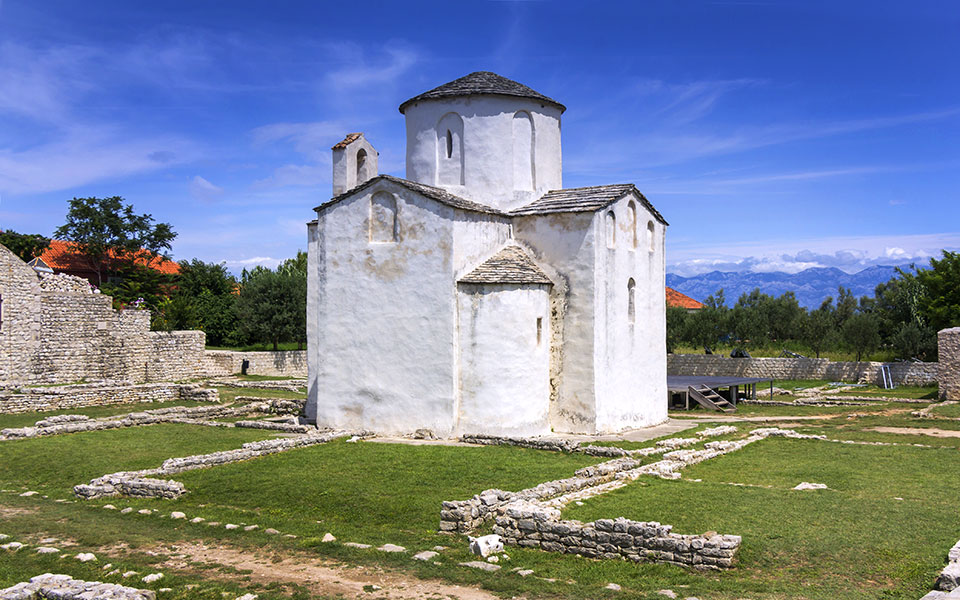
Nin – the oldest Croatian royal town boasts numerous churches and the smallest cathedral in the world, dating back to 9th century. Church of St. Cross is only 36 steps long, and it is a source of Croatian cultural identity. The magic of this small town is to be found behind its centuries-old walls, and the oldest traces of human life in the area of Nin date back to the Old Stone Age (Paleolithic). Nin is also famous for one of the oldest salt works in the world, where salt is still produced in the traditional ecological way. Taking into account all the requirements of organic salt production in Nin, this is where one of the best salts in the world is produced – the flower of salt, which is the basic raw material of Sal Maris isotonic and hypertonic solution and nasal spray.
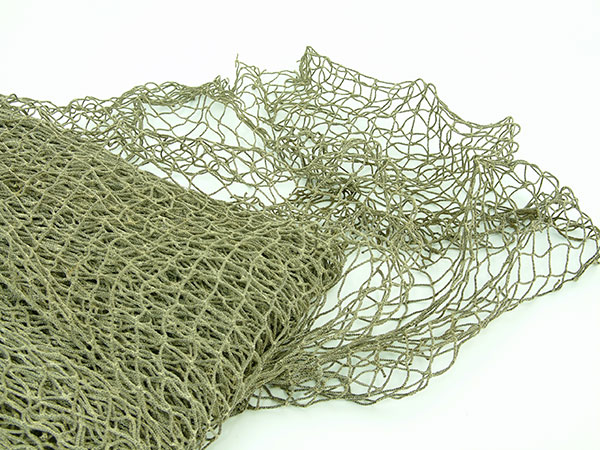
The seas cover 70.8% of the Earth’s surface and account for 97% of the water masses on Earth. According to chemical composition, the sea is composed of 96.5% of water in which 3.5% salt was dissolved in the presence of dissolved gases and organic components. Analysis have shown that sea water contains almost all known chemical elements found in the nature.
The Adriatic Sea is characterized by a relatively high average salinity of 38.3‰ compared to 35‰ of the oceans. In addition to this salinity, potential benefits to health can be found due to the impact of geographical location of the Adriatic Sea, having high biodiversity that contributes to specific composition of seawater. Croatia is situated at about 45° north latitude, which is halfway between the North Pole and the Equator. On the west side it is dominated by the influence of the moist Atlantic ocean mass, in the south by the warm Adriatic Sea, as a part of the Mediterranean Sea, whose influence towards the continental part of Croatia, and then there is a part of the Dinarides, a relatively high mountain barrier. In the north and northeastern Croatia there is an openness to the landmass of the western part of Eurasia.
Such geographic position leads to a major climate diversity in a small area, but still very temperate climate without extremes and with regular changes of the four seasons. Dalmatian coastal strip along with the islands, according to Kopper-Geiger classification, has a
Mediterranean climate with hot and dry summers (CSA). The average temperature of the hottest part of the year is 22 ° C, the coldest month is higher than 4 ° C, while precipitation is highest in late autumn.
The sea is one of the cleanest seas in the world and it conceals more than 80 essential minerals and oligo elements. Some should be brought to our attention, such as sodium, magnesium, calcium, potassium, nitrogen, copper, manganese, zinc, iron, phosphorus, iodine, selenium, many of which are extremely important to the human body. Thanks to their high quality and the absence of industrial impacts on the environment, the Adriatic Sea with its autochthonous plethora of plants and animals, forms a harmonious ecosystem and pristine natural treasure in the heart of Europe. A mild Mediterranean climate with many hours of sunshine, strong and clear mountain wind, and various plant and animal species, contributes to the production of original sea salt of globally recognized quality.
All of these geographic and climatic characteristics have led to an extraordinary biodiversity of Croatia, notably in Croatian islands and they contribute to the specific composition of sea water and sea salt.
The Adriatic Sea with its autochthonous plethora of plants and animals, forms a harmonious ecosystem and pristine natural treasure in the heart of Europe.
Jadransko more sa autohtonim biljnim i životinjskim bogatstvom, uspostavlja harmoničan ekosustav i netaknuto prirodno blago u srcu Europe.
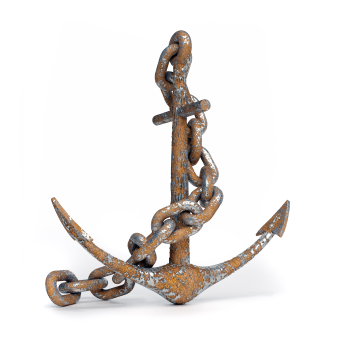
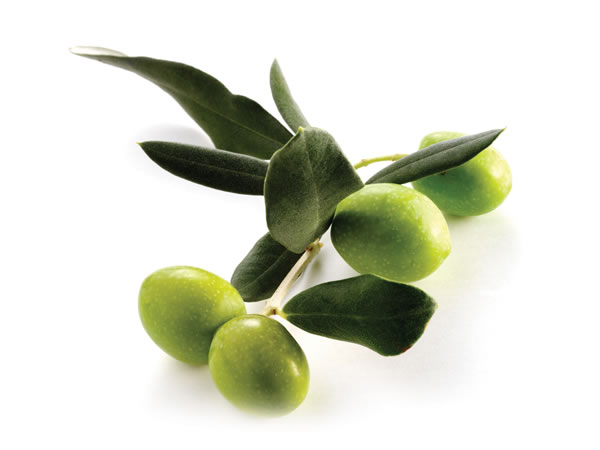
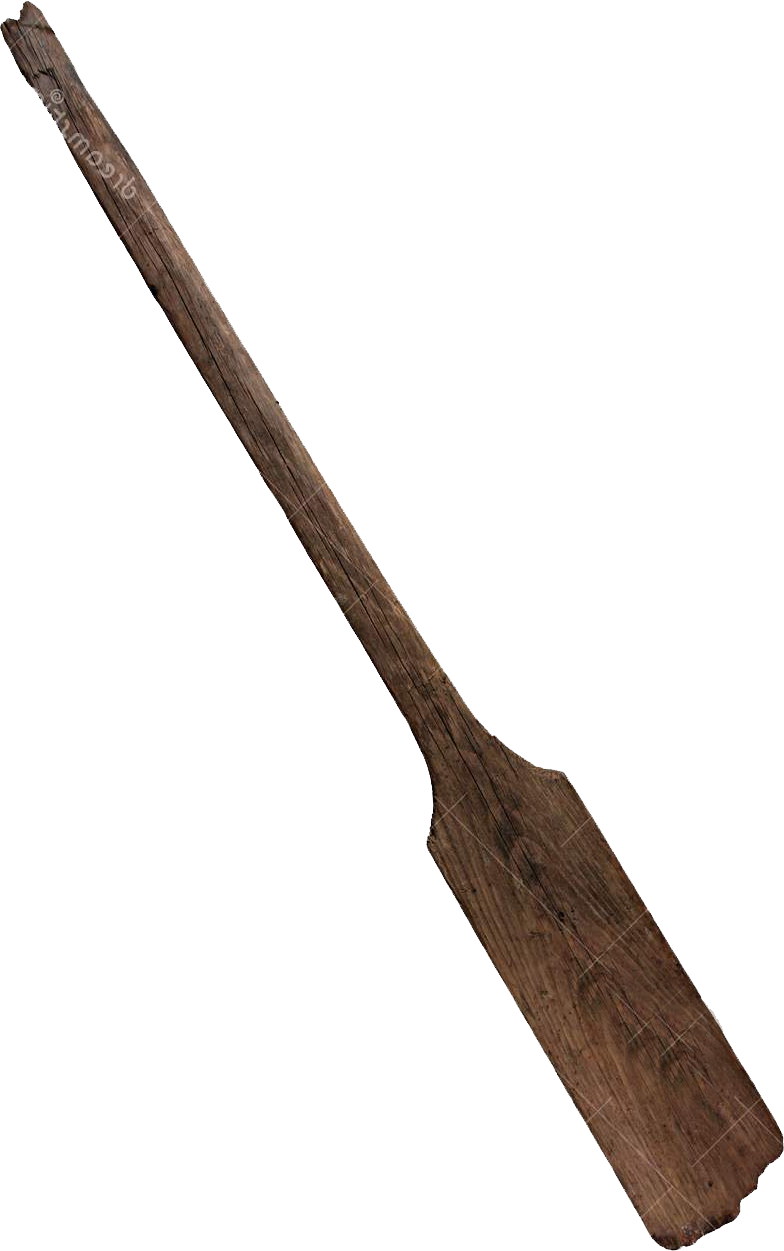
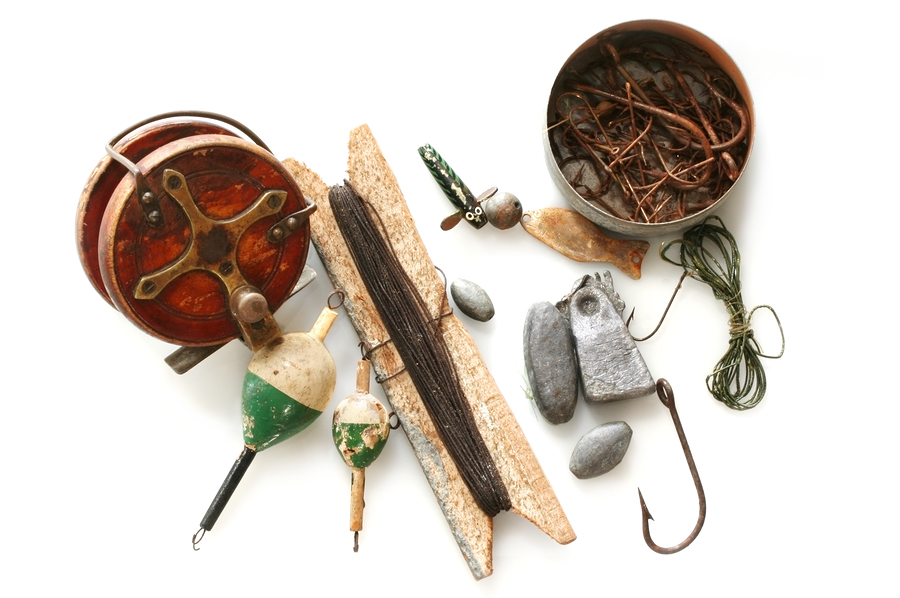
In Croatia, up to present, 4275 plant species have been identified, the total being 5347 with subspecies. By the number of species Croatia ranks seventh in Europe, and it comes third by the number of species per unit area of the state, just behind Slovenia and Albania.
In this botanical richness, about 6% of the species are endemic, including a large number of steno-endemic sorts of very limited distribution, and about 11% of the species are endangered. On the other hand, Dalmatia has witnessed through history a large number of plant species and varieties be introduced, they are used in agriculture and forestry, and some now form an integral part of the landscape and vegetation cover of Dalmatia. So today it is almost unthinkable that plants like olive tree, vine, Alpine pine, palm tree or cypresses, species that are emblematic of Dalmatia, are not of Dalmatian origin.
The cultivation and use of aromatic and culinary herbs, honey-rich, ornamental and edible plants in Dalmatia certainly goes back to the earliest history of civilization in this region. From the original forms of wild plants numerous agricultural, yarn and especially vegetable, aromatic, spicy and herbs plants have been selected.
Overwhelming karstification, aridity, very shallow pedological substrate, extreme heat and dryness, lack of rainfall and salinity of coastal areas, all make for the most important limiting factors of the overall agriculture of Dalmatia, including the production of aromatic, spicy, herbal, honey, ornamental and edible plants. However, it should be noted that these factors are far less restrictive for many of these species.
Official regionalization of aromatic, spicy, herbal, honey, ornamental and edible plants in Dalmatia was not carried out, but as with other plants, two separate districts could be establish.
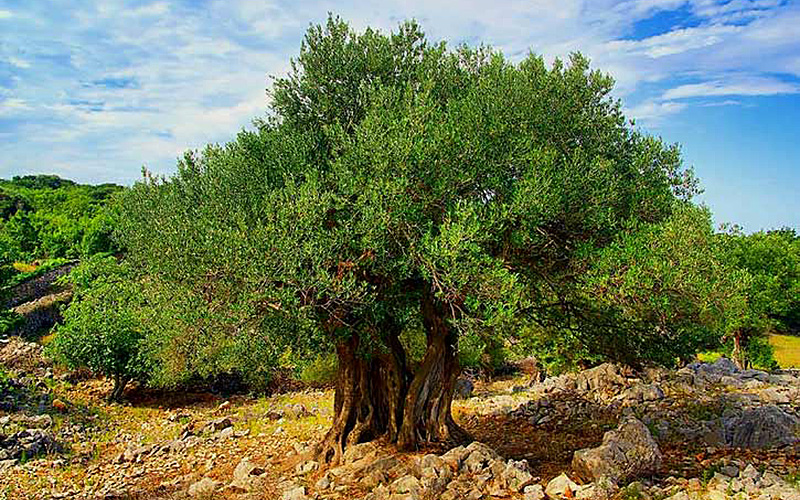
They include:
The Dalmatian coast and islands, characterized by a summer drought and mild winters belonging to the Mediterranean climatic region. As high mountain peaks of the Dinaric Mountains rise close to the shore of the Adriatic Sea (Velebit, Kozjak, Mosor, Biokovo, Rilić) the seaboard is very narrow. In this region there are very good conditions for the production of aromatic, spicy, herbal, honey, ornamental and wild edible plants because of Mediterranean climate and protection.
The Dalmatian Hinterland, the „Dalmatian Zagora“ – in a broader sense. This is an area of extremely varied landscape which includes flood depression, karst fields, karst plateaus and hills, and finally the high peaks of the Dinaric Mountains, so there is an alternation of air from Mediterranean, to continental and cold, even snowy mountain climate. In the lower parts of this area sub-Mediterranean climate is present and even conditions for mass production of some aromatic, spicy, herbal, honey, ornamental and edible plants exist, primarily in the fertile large karst fields, part of Ravni Kotari, Vrana, Sinj field, Imotski field and Vrgora field, Neretva Valley and Konavle. These potentials are hardly used and in this group of plants wild population is still used in a very small extent. For the cultivation of ornamental plants there are almost ideal conditions in the area of Dubrovnik-Neretva County, particularly in the Parish of Dubrovnik, climatic jewel, according to the manager of a botanical garden in Vienna, R. Wettstein in 1906. Therefore it is not surprising that the station for southern cultures was established just in the Parish of Dubrovnik, in Cibaca, and that the entire area of the Parish was well known for commercial production of flowers.
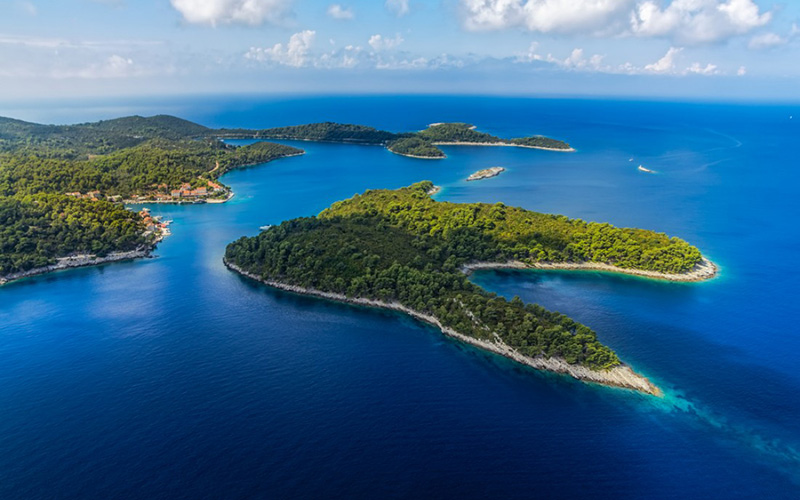
Alongside many healing herbs, the most famous representatives of Dalmatia are Rosemary, Lavender and Sage, and their cultivation history is impressive.
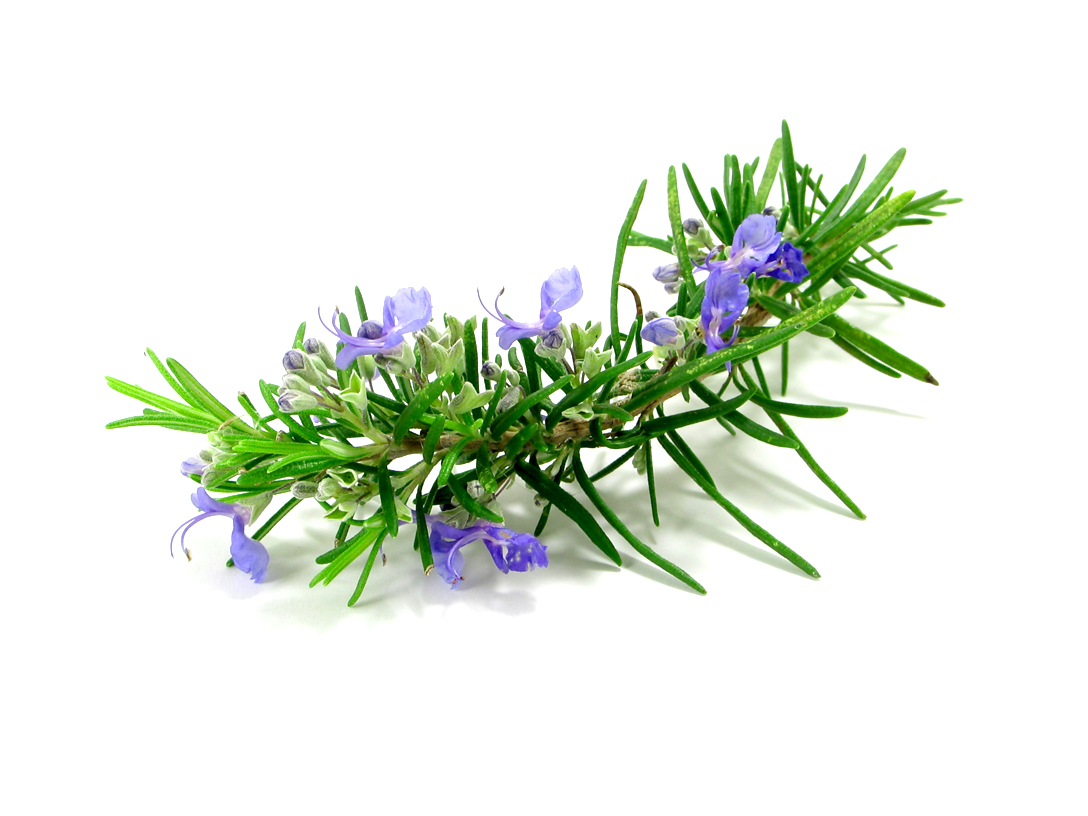
Rosemary has always been used as a spicy, aromatic and medicinal plant. The old saying goes that the dishes seasoned with rosemary help improve memory, and modern medicine proves this claim. However, fried fish in Dalmatia, as well as various sauces and marinades cannot be imagined without rosemary. The tradition of harvesting and using rosemary for essential oil distillation dates back to 1462 when on the island of Hvar we encounter the first record of a pharmacist appointed to supply drug stores with this product. Economic output of rosemary oil began in the 17th century and spread in the 18th century, especially on the islands of Hvar and Solta. The production has particularly intensified since 1740, when mass harvesting of wild rosemary for distillation started. Beekeepers were opposed to it, and the production moved to Vis and Sibenik. The cultivation of Rosemary began only in the late 19th century, and in 1902 in Grabalj on the island of Hvar the first rosemary association was established. The production expanded on the island of Hvar, in the thirties of the previous century, being estimated at 20,000 kg.
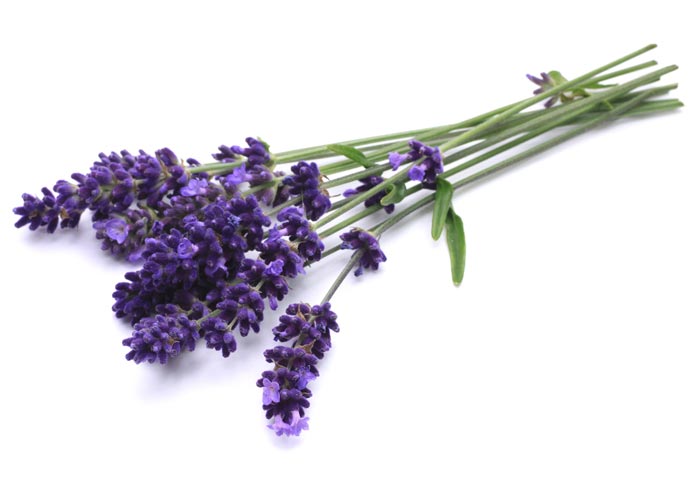
Lavender cultivation began in 1928 in Velo Grablje on the island of Hvar, when Bartol Tomic, driven by a lecture which was held on the island by agronomist Francis Tabain from the island of Korcula, replanted three bushes in the field in Saint Anthony’s Channel, that were used for the blessing of St. Anthony of Padua. In 1939 lavender spread on Hvar across only 4 hectares of land, and oil production was negligible, yet by 1956 there were almost 80 hectares of lavender, and in 1973 a surprising 720 hectares with a production of up to 70 tons of oil per year.
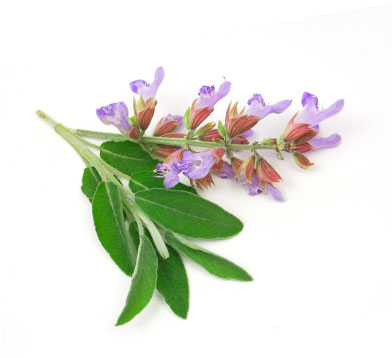
Sage has never been a part of the commercial cultivation. Alongside rosemary and lavender, sage essential oil has been produced since early 20th century on the island of Hvar, though to a lesser extent and only by harvesting the wild sage population. An old Roman proverb says: A man in whose garden sage grows cannot fall sick. It tells us that in the Roman times the healing properties of sage were extremely appreciated, and that sage was already at that time grown in gardens.
The cultivation of other ornamental plants for personal and family needs began with the settlement of Dalmatia, but commercial cultivation is referred to only since mid- 19th century in the form of production of rose plants in Zadar nurseries.
In the garden of Dubrovnik Agricultural Society there was a production of seedlings of ornamental plants, particularly cypress, oleander, palm and fruits since 1887. The production of plants of lemons and oranges was established here for the first time in Croatia.
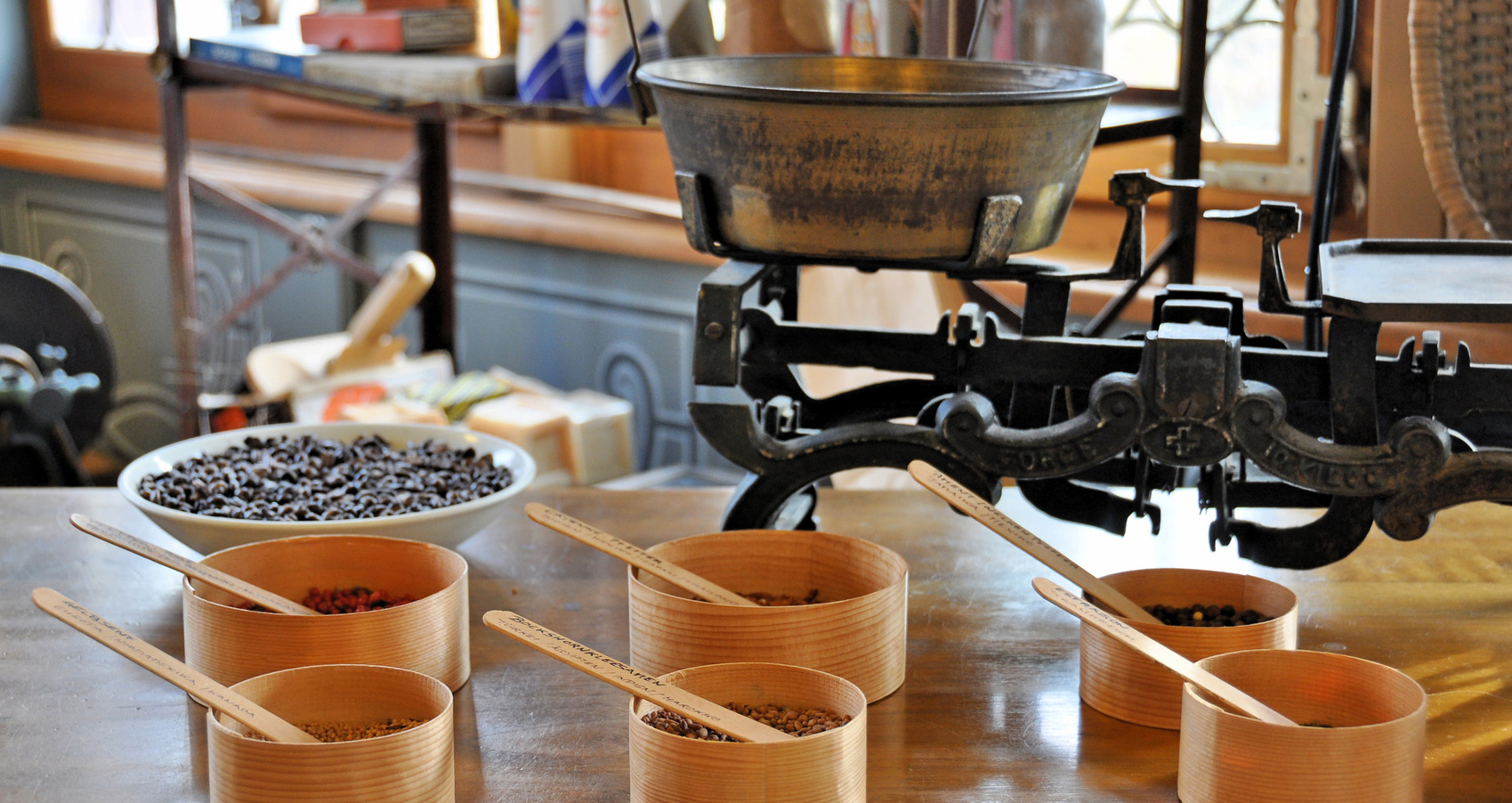
Pharmacy has a long and glorious tradition in Dalmatian region and dates back to the 13th century. The pharmacies were established in Trogir (1271), Dubrovnik (1272), Zadar (1289) and Split (1345). The oldest monastery pharmacy was founded in 1318 in the Convent of the Friars Minor in Dubrovnik, whilst the oldest hospital pharmacy in the world is that of Dubrovnik called “Domus Christi”, founded in the 16th century.